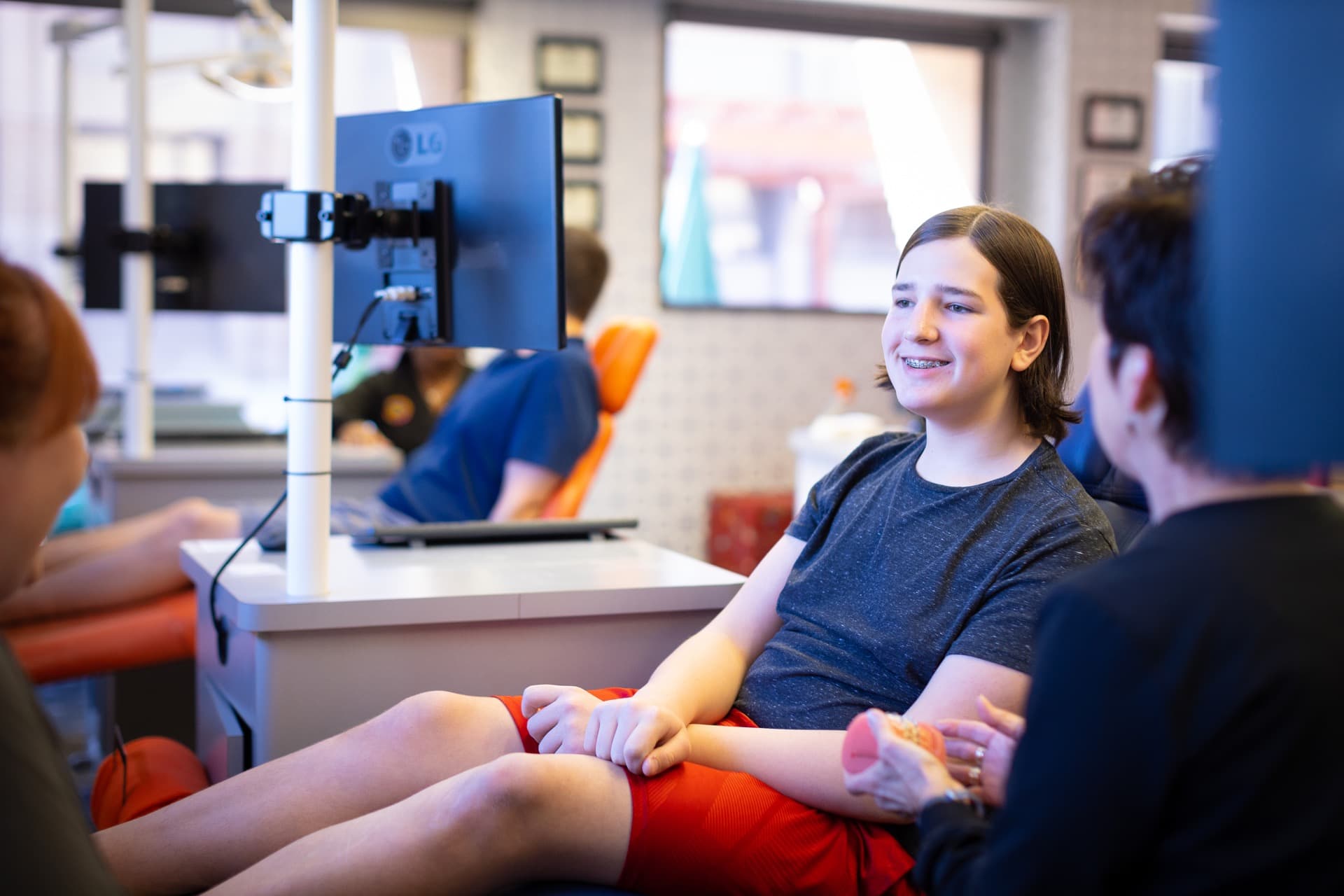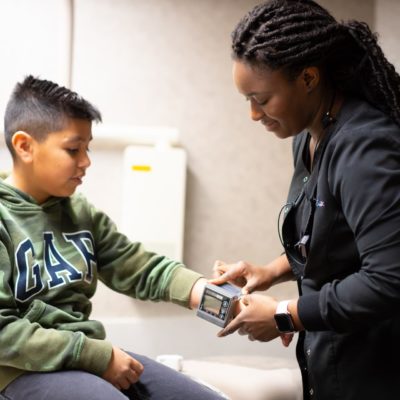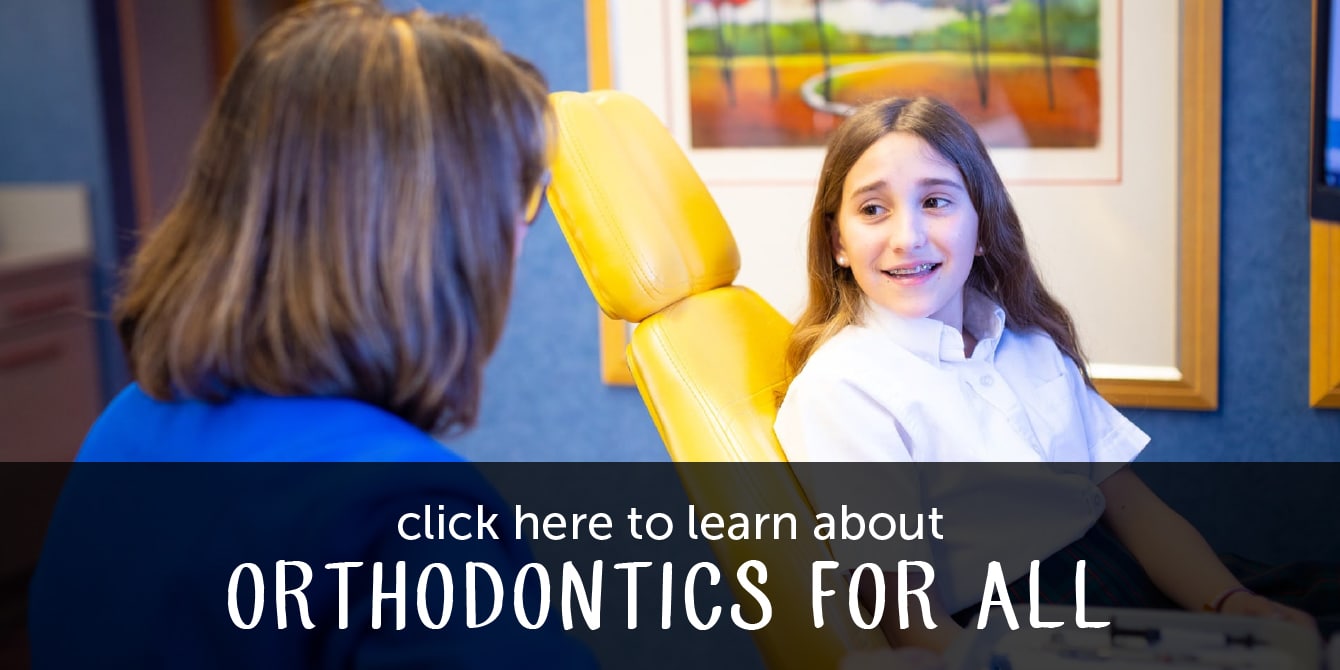Dental Visits:
Most parents don’t realize that dental caries is the number one chronic infectious disease among children in the U.S. Be sure to schedule your child’s dental visits every six months!
Regular dental visits will help ensure a healthy smile and great habits as your child gets older.
-
- Our amazing pediatric dentists will be checking for any signs of a 3rd molar that may need to be removed.

Brushing, Flossing and Fluoride:
-
-
-
- In addition to brushing and flossing your child can chew gum with Xylitol, a non-sugar naturally occurring substance, to stimulate saliva flow which helps to clean the mouth. This is a great idea for times when you can’t brush, like during school, just make sure to ask the teacher!
-
-
Sealants:
Dental X-Rays:
Panoramic x-rays:
- Our office recommends a panoramic x-ray every 3 years once permanent teeth begin to erupt. We will always respect the decision of the parents when taking x-rays.
- Panoramic x-rays cover a wider area than a conventional intraoral x-ray and, as a result, provides valuable information about tooth eruption, tooth positioning and upper and lower jaw bones. This examination is also used to plan treatment for braces, extractions and other dental procedures. It does not detect cavities.
- This type of x-ray can typically last between 12 to 20 seconds, it’s painless, fast and easy to perform.
Orthodontics:
- The American Association of Orthodontics recommends having an orthodontic evaluation by the age of 7.
- If your child is older than 7 and hasn’t had an evaluation, no worries! At myKIDSdds we offer free orthodontic consults.
- In some cases orthodontic treatment is not only cosmetic but plays a huge role in jaw functionality and airway. If your child is exhibiting signs of poor jaw functionality (listed below) it might be time to see an orthodontist.
Signs of Poor Jaw Functionality
-
- Pain in the chewing muscles and/or jaw joint (most common symptom).
- Pain that spreads to the face or neck.
- Jaw stiffness.
- Limited movement or locking of the jaw.
- Painful clicking, popping, or grating in the jaw joint when opening or closing the mouth.
- Ringing in the ears, hearing loss, or dizziness.
Diet and Snacking:
- Length of time food remains on the teeth
- Number of exposures (times each day) the food creates 20 minutes of acid impact on the teeth.
- Choose foods that clear the mouth quickly through thorough chewing, dissolving or melting versus sticking and remaining on the teeth. If choosing a sugary food, Chocolate kisses, morsels/bars and Ice Cream are preferred for their non-adhering affect.
- Keep an eye on snacking, ideally children should have no more than three snacks a day.
Drinks:
- Avoid juices which literally bathe teeth in sugar. Try to limit the amount of juice you give to your child to less than 6 oz. per day.
- Avoid acidic drinks or drinks with a higher pH. Click the button below to view our acidity chart of different beverages.
Quick Snack Guide
Tooth Trauma:
- What you are looking for immediately
- loose teeth
- if any teeth have been pushed up into the gums
- chipped or broken teeth
- What do I do if my child’s permanent tooth gets knocked out?
- Immediately call our office at 214-696-3082 and select the emergency option
- Place the tooth back into the socket (preferred) or in a cup of milk to transport as you come into our office
- The tooth must be implanted back within 30-60 minutes of trauma to increase the likelihood of saving the tooth
- Hold the tooth by the crown (white part) of the tooth- AVOID touching the roots (pink part) of the tooth
- DO NOT RINSE WITH WATER. If needed use milk to rinse off but DO NOT SCRUB the tooth
- Avoid dry storage or storage in water
- Immediately call our office at 214-696-3082 and select the emergency option
Airway:
Frenum:
Mouth Guards:























